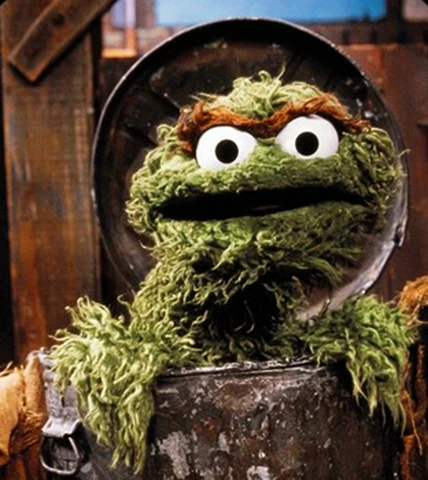https://www.youtube.com/watch?v=ObYwvpDKWIo
I was first introduced to the concept of “garbology” on my first year of college, at my Anthropology 101 class in Bellevue College. We read an article of a professor in Arizona who was trying to paint a more complete picture of the population that was crossing the U.S Border at the desert, by analyzing all the items that had been left behind in the bushes, and it immediately opened my eyes to the immense treasure that our disposal means for anybody trying to construct a context of who you are without your presence itself, only through your trail of used materials.
This is what Archaeology really seems to aim at, right? Building a strong context with the multiple layers of realities that compose our human existences. And this is what I’ve seen during this lab exercise. When I started seeing patterns emerging beyond the apparent frenetic disposal of random objects of the individual the case that I analyzed, it really motivated me to keep on trying to discern the micro-fibers of this complex tapestry:
Could I tell if the person was going through more unstable mental periods because of the rate of food disposal and the types of food been consumed? Could I tell if the person is experiencing the collapse of the middle class by the fact that instead of buying food in bulks they had kept buying them individually, even though the number of household members was great enough to qualify for deals found in larger purchases?
This is definitely something I will bring with me, into my practical analysis of material data. That is why it’s so important to seek inter-sectional approaches to such data!



